Home>Gardening & Outdoor>Plant Care & Gardening Tips>What Is The State Wildflower
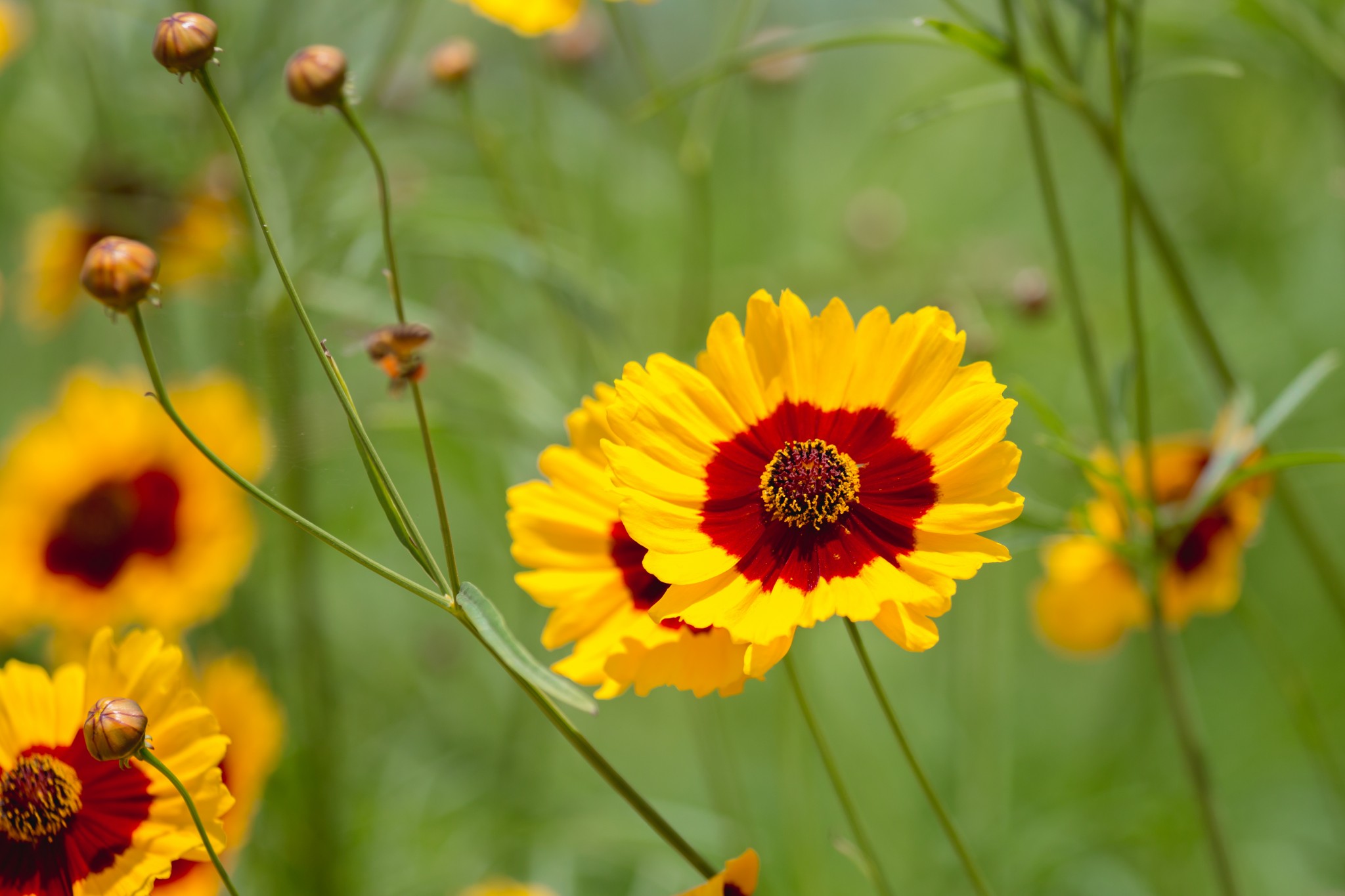

Plant Care & Gardening Tips
What Is The State Wildflower
Published: December 24, 2023
Discover the beauty of the state wildflower and learn about its significance in plant care and gardening tips. Explore how to cultivate and care for this iconic flower in your garden today!
(Many of the links in this article redirect to a specific reviewed product. Your purchase of these products through affiliate links helps to generate commission for Storables.com, at no extra cost. Learn more)
Introduction
Welcome to the colorful world of state wildflowers! These vibrant blooms represent the natural beauty and rich heritage of each state, adding a touch of charm to the local landscape. State wildflowers are not only visually captivating but also hold significant cultural and ecological value. As we delve into the enchanting realm of state wildflowers, we will explore their definition, importance, notable examples, and the conservation efforts dedicated to preserving these botanical treasures.
State wildflowers are not just ordinary blossoms; they are emblematic of a state's identity and are often deeply intertwined with its history and traditions. Each state proudly selects a particular flower to symbolize its unique character, reflecting the diverse flora that thrives within its borders. These floral ambassadors serve as a testament to the state's natural heritage, captivating residents and visitors alike with their captivating hues and delicate petals. Join me on this delightful journey as we unravel the enchanting tales behind these cherished state symbols.
Key Takeaways:
- State wildflowers are emblematic of a state’s identity, representing its unique character and natural heritage. They play a vital role in fostering environmental awareness and preserving native plant species.
- Conservation efforts for state wildflowers involve habitat protection, public awareness, and collaborative partnerships to safeguard their natural splendor and ecological significance for future generations.
Read more: What Is The State Wildflower Of Michigan?
Definition of a State Wildflower
Before we embark on our exploration of state wildflowers, it’s essential to understand what qualifies a flower for this prestigious title. A state wildflower is a native or naturalized flowering plant chosen by a state government to represent its unique floral emblem. This selection is often based on the flower’s historical, cultural, or ecological significance within the state’s borders.
State wildflowers are deeply rooted in local identity and hold a special place in the hearts of residents. They are celebrated for their ability to thrive in the state’s specific climate and soil conditions, embodying the resilience and beauty of the natural landscape. These floral ambassadors serve as a source of pride, symbolizing the state’s natural heritage and enriching its cultural tapestry.
While the criteria for designating a state wildflower may vary from state to state, certain factors commonly influence the selection process. These may include the flower’s historical relevance to indigenous communities, its ecological importance in supporting local wildlife, or its cultural significance in traditional ceremonies and folklore. The chosen flower is often celebrated through festivals, educational programs, and conservation initiatives, further solidifying its status as a cherished emblem of the state.
State wildflowers play a vital role in fostering environmental awareness and promoting the conservation of native plant species. By honoring and preserving these botanical treasures, states aim to instill a sense of stewardship for the natural world among their citizens, nurturing a deep appreciation for the local flora and the ecosystems they support.
Importance of State Wildflowers
The significance of state wildflowers extends far beyond their aesthetic appeal, encompassing ecological, cultural, and educational dimensions that enrich the fabric of each state’s identity. These vibrant blooms serve as invaluable ambassadors for the natural world, playing a pivotal role in environmental conservation and public engagement.
Ecologically, state wildflowers contribute to the preservation of biodiversity and the health of local ecosystems. As native or naturalized species, they provide essential nectar, pollen, and habitat for a diverse array of pollinators, including bees, butterflies, and hummingbirds. By supporting these vital pollinators, state wildflowers play a crucial role in maintaining the intricate web of life that sustains both wildlife and native plant communities.
Culturally, state wildflowers hold deep-rooted significance, often intertwining with local traditions, folklore, and historical narratives. They serve as living symbols of the state’s heritage, connecting present-day communities with the stories and customs of their predecessors. Through festivals, art, and literature, these floral emblems foster a sense of pride and belonging, nurturing a shared appreciation for the state’s natural splendor.
Educationally, state wildflowers offer valuable opportunities for environmental education and awareness. Their selection as official emblems provides a platform for teaching residents and visitors about the importance of native flora, conservation practices, and the interconnectedness of ecosystems. By engaging individuals in the beauty and ecological relevance of state wildflowers, educational initiatives promote a deeper understanding of the natural world and inspire a sense of responsibility towards its preservation.
Furthermore, state wildflowers contribute to the allure of public spaces, enhancing parks, gardens, and scenic landscapes with their captivating blooms. They serve as focal points for eco-tourism and nature-based recreation, attracting visitors who seek to immerse themselves in the state’s floral splendor. Whether adorning highways, public gardens, or nature reserves, state wildflowers enrich the visual appeal of the local environment and contribute to the overall well-being of communities.
In essence, state wildflowers embody the harmonious convergence of ecological, cultural, and educational values, serving as emblematic ambassadors of the state’s natural heritage. Their presence enriches the lives of residents and visitors alike, fostering a deeper connection to the land and the diverse ecosystems it sustains.
The state wildflower is a flower chosen by a state to represent its natural beauty and heritage. It is usually a native flower that holds cultural or historical significance.
Examples of State Wildflowers
Across the United States, each state proudly embraces a unique floral emblem that reflects its natural beauty and cultural heritage. These state wildflowers, carefully selected to represent the diverse ecosystems and historical narratives of their respective regions, stand as iconic symbols of local pride and environmental stewardship. Let’s explore a selection of notable state wildflowers, each weaving a captivating tale of botanical splendor and significance.
- California Poppy (Eschscholzia californica) – California: The vibrant orange blooms of the California poppy blanket the hillsides and meadows of the Golden State, symbolizing resilience and the spirit of the West. This drought-tolerant wildflower thrives in the state’s arid landscapes, captivating residents and visitors with its radiant display.
- Bluebonnet (Lupinus spp.) – Texas: Texas proudly embraces the bluebonnet as its state flower, with several species adorning the countryside with shades of blue, white, and occasionally pink. These iconic blooms evoke the spirit of the Lone Star State, gracing fields and roadsides with their enchanting presence.
- Rhododendron (Rhododendron maximum) – West Virginia: The majestic rhododendron, West Virginia’s state flower, adorns the state’s woodlands with its clusters of pink and white blossoms. These captivating blooms symbolize the state’s natural beauty and resilience, thriving in the cool, shaded forests of the Appalachian Mountains.
- Indian Paintbrush (Castilleja spp.) – Wyoming: Wyoming celebrates the vibrant Indian paintbrush as its state flower, showcasing its striking red, orange, and yellow bracts amidst the rugged landscapes of the Rocky Mountains. This resilient wildflower adds a splash of color to the state’s alpine meadows and high-altitude ecosystems.
- Scarlet Carnation (Dianthus caryophyllus) – Ohio: Ohio pays homage to the scarlet carnation as its state flower, commemorating its historical significance as a symbol of honor and remembrance. The vibrant red blooms of the scarlet carnation embody the state’s rich heritage and enduring spirit.
These examples represent just a handful of the diverse and captivating state wildflowers that grace the American landscape. Each flower tells a unique story, weaving together elements of ecology, culture, and natural beauty to symbolize the essence of its respective state.
Conservation Efforts for State Wildflowers
Preserving the natural splendor and ecological significance of state wildflowers is a paramount concern, prompting dedicated conservation efforts aimed at safeguarding these botanical treasures for future generations. The conservation of state wildflowers encompasses a range of initiatives, including habitat protection, public awareness campaigns, and collaborative partnerships among government agencies, conservation organizations, and local communities.
Habitat preservation stands as a cornerstone of state wildflower conservation, focusing on the protection of the diverse ecosystems that sustain these floral ambassadors. This involves identifying and safeguarding critical habitats, such as prairies, woodlands, and wetlands, where state wildflowers thrive. Conservationists work to mitigate habitat loss, degradation, and fragmentation, ensuring that these vital landscapes continue to support native plant species and the wildlife that depends on them.
Public awareness and education play a pivotal role in fostering a sense of stewardship for state wildflowers. Through outreach programs, workshops, and interpretive signage, conservation organizations and government agencies aim to engage citizens in the importance of native flora and the threats they face. By nurturing a deeper understanding of the ecological value and cultural significance of state wildflowers, these initiatives inspire individuals to actively participate in their conservation and advocate for their protection.
Collaborative partnerships are instrumental in advancing the conservation of state wildflowers, uniting diverse stakeholders in a shared commitment to preserving these botanical treasures. By forging alliances with landowners, local communities, and conservation groups, state agencies can leverage collective expertise and resources to implement effective conservation strategies. These partnerships facilitate the establishment of protected areas, the implementation of sustainable land management practices, and the restoration of degraded habitats, ensuring the long-term viability of state wildflower populations.
Furthermore, botanical gardens, arboreta, and seed banks play a vital role in the ex-situ conservation of state wildflowers, safeguarding their genetic diversity and providing a reservoir of seeds for ecological restoration and research purposes. These living collections serve as repositories of rare and endangered species, offering a lifeline for species facing the threat of extinction due to habitat loss, climate change, or other environmental pressures.
Ultimately, the conservation of state wildflowers is a collective endeavor that requires sustained commitment, informed advocacy, and proactive measures to safeguard the natural heritage they represent. By embracing a holistic approach to conservation, states can ensure that their emblematic wildflowers continue to thrive, enriching the landscape and inspiring future generations with their timeless beauty.
Read more: What Is The Florida State Wildflower
Conclusion
As we conclude our journey through the enchanting realm of state wildflowers, we are reminded of the profound significance these botanical treasures hold within the tapestry of each state’s identity. From the vibrant orange blooms of California’s poppy to the delicate clusters of West Virginia’s rhododendron, state wildflowers stand as emblematic ambassadors of natural beauty, cultural heritage, and ecological resilience.
The selection of a state wildflower is not merely a symbolic gesture; it is a testament to the enduring connection between communities and the land they call home. These floral emblems encapsulate the spirit of their respective states, weaving together tales of historical significance, ecological vitality, and cultural pride. They serve as poignant reminders of the intricate web of life that sustains our ecosystems and the responsibility we bear to safeguard it for future generations.
Conservation efforts dedicated to protecting state wildflowers are essential in ensuring the perpetuation of their splendor. By preserving their habitats, raising public awareness, and fostering collaborative partnerships, states can uphold their commitment to environmental stewardship and the preservation of their natural heritage. Through these collective endeavors, we can safeguard the diversity and resilience of state wildflowers, ensuring that their vibrant blooms continue to grace our landscapes for years to come.
As we marvel at the kaleidoscope of colors and the intricate beauty of state wildflowers, let us embrace a renewed sense of appreciation for the natural world that surrounds us. Whether we encounter these floral emblems in the wild or within the curated landscapes of botanical gardens, their presence serves as a poignant reminder of the interconnectedness of all living beings and the enduring power of nature’s artistry.
May the legacy of state wildflowers endure as a living testament to the splendor of our natural world, inspiring us to cherish, protect, and celebrate the botanical wonders that enrich our lives and our landscapes.
Frequently Asked Questions about What Is The State Wildflower
Was this page helpful?
At Storables.com, we guarantee accurate and reliable information. Our content, validated by Expert Board Contributors, is crafted following stringent Editorial Policies. We're committed to providing you with well-researched, expert-backed insights for all your informational needs.
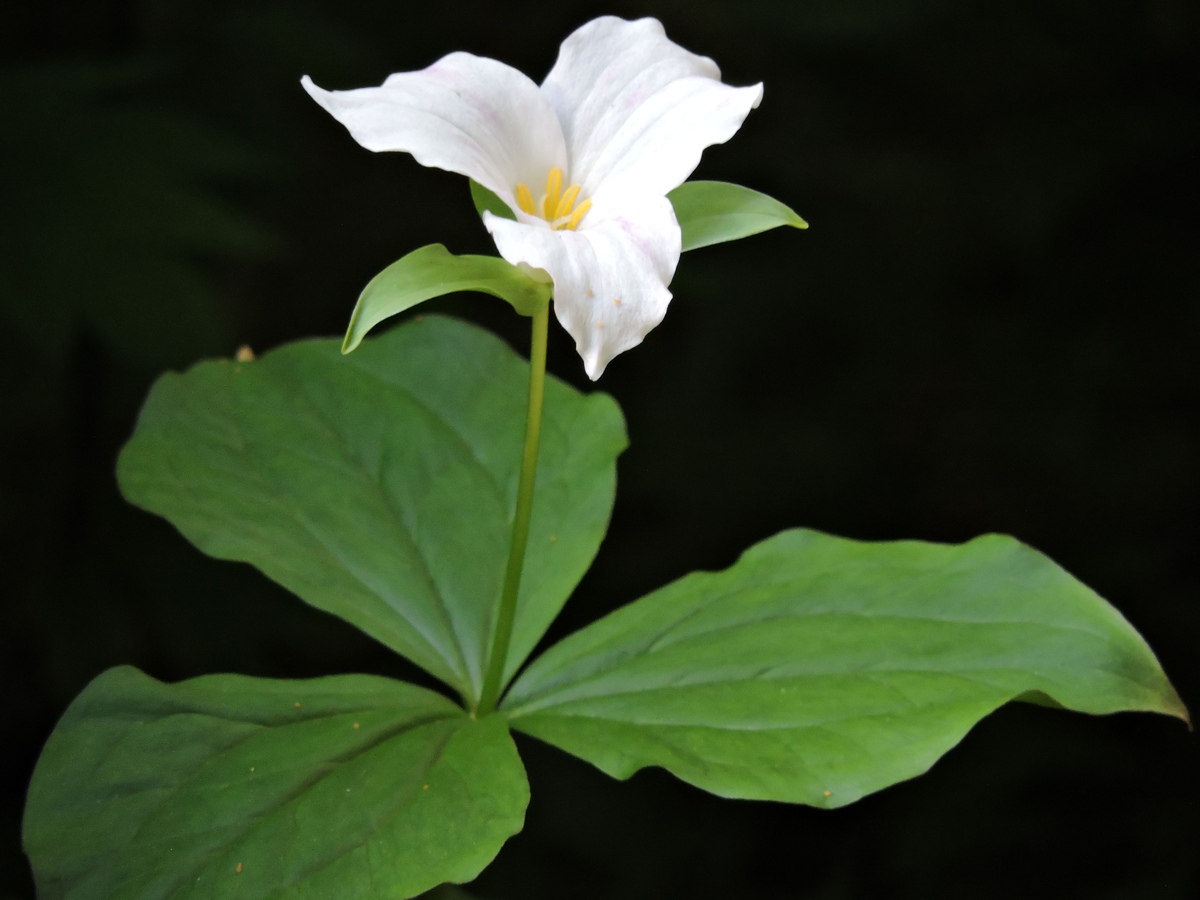

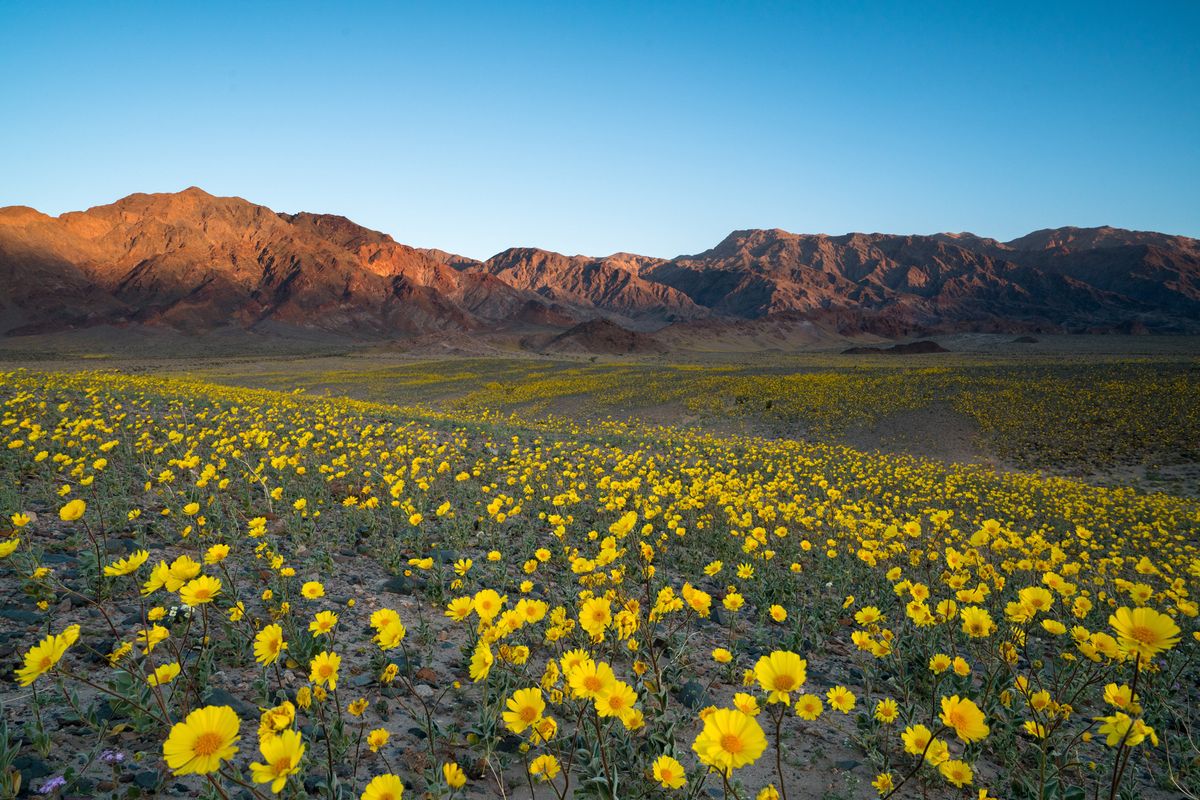
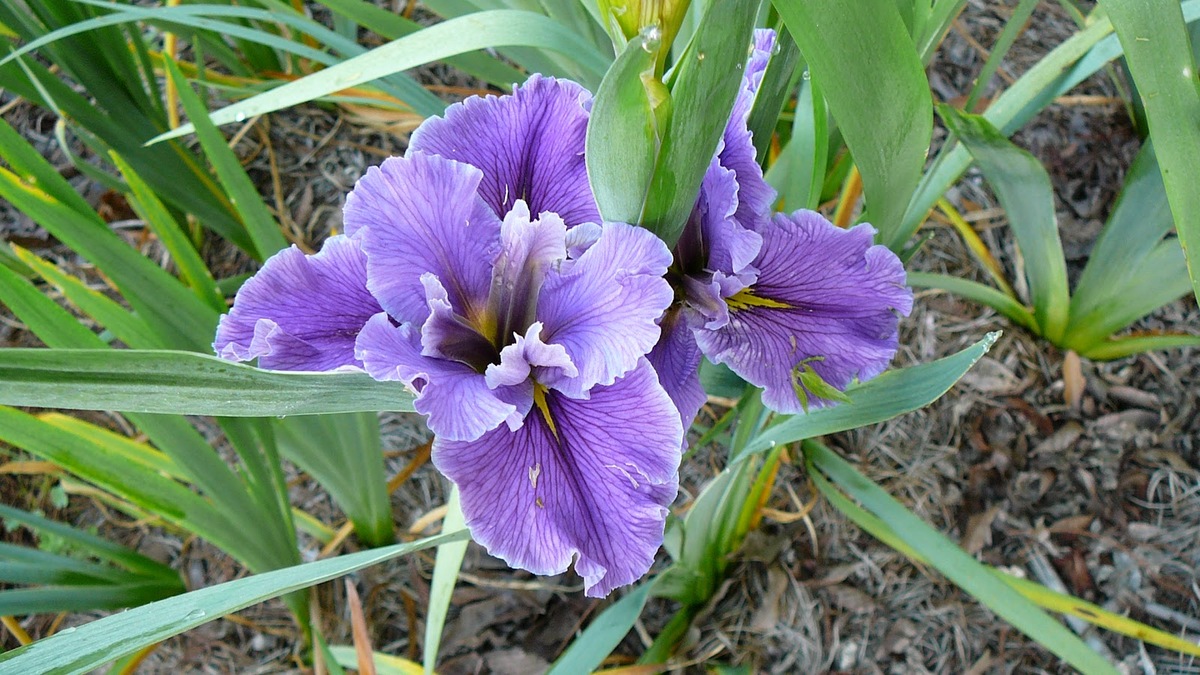
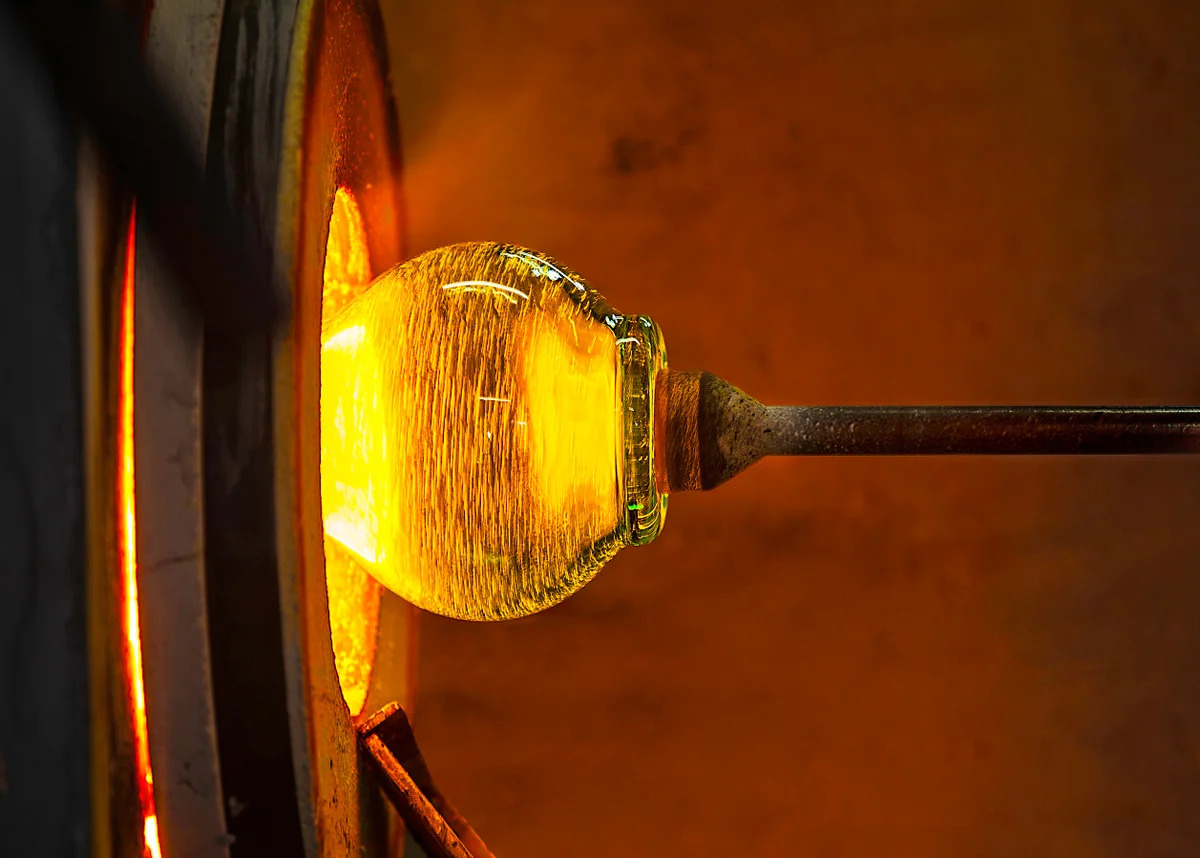
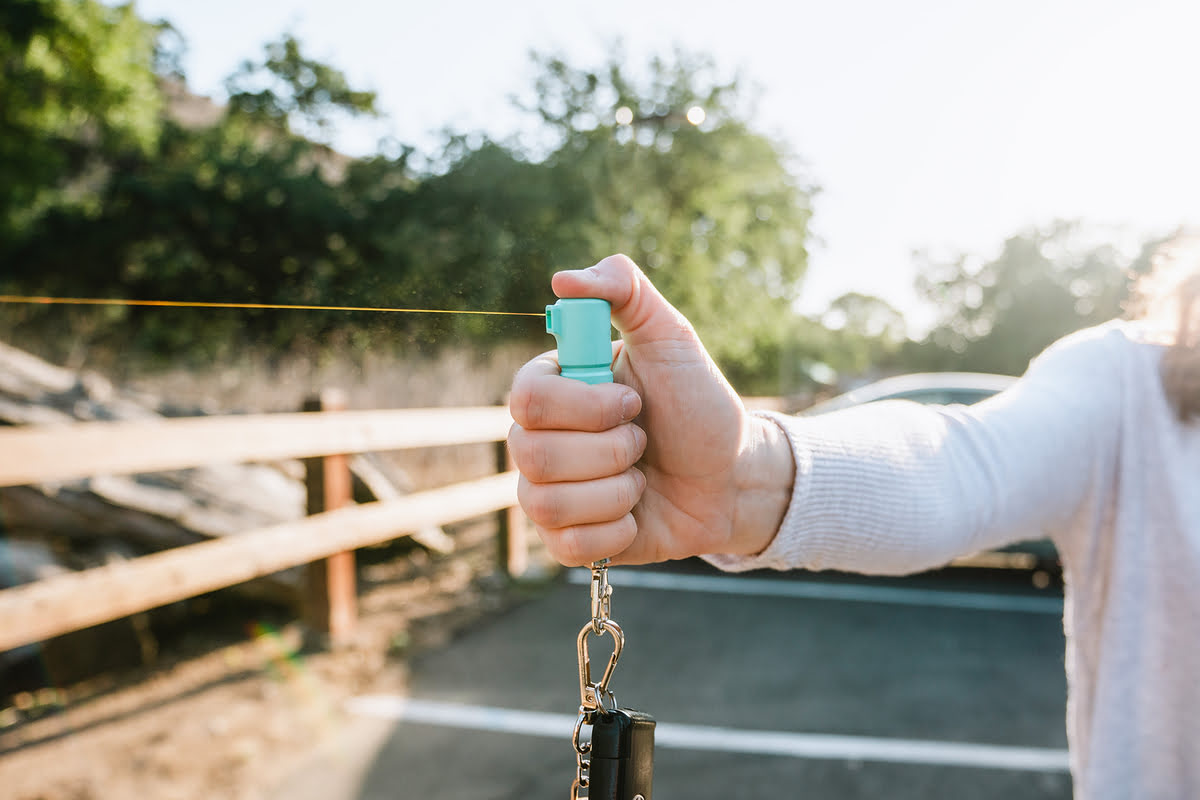
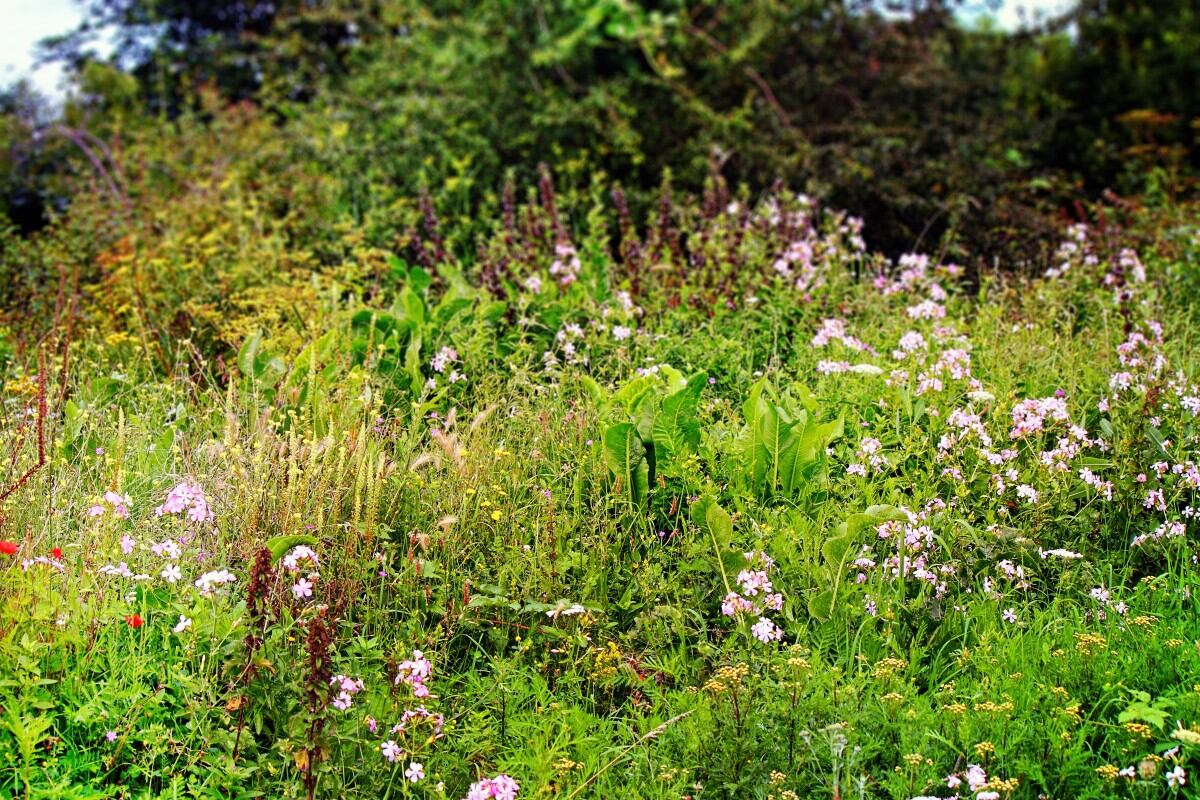

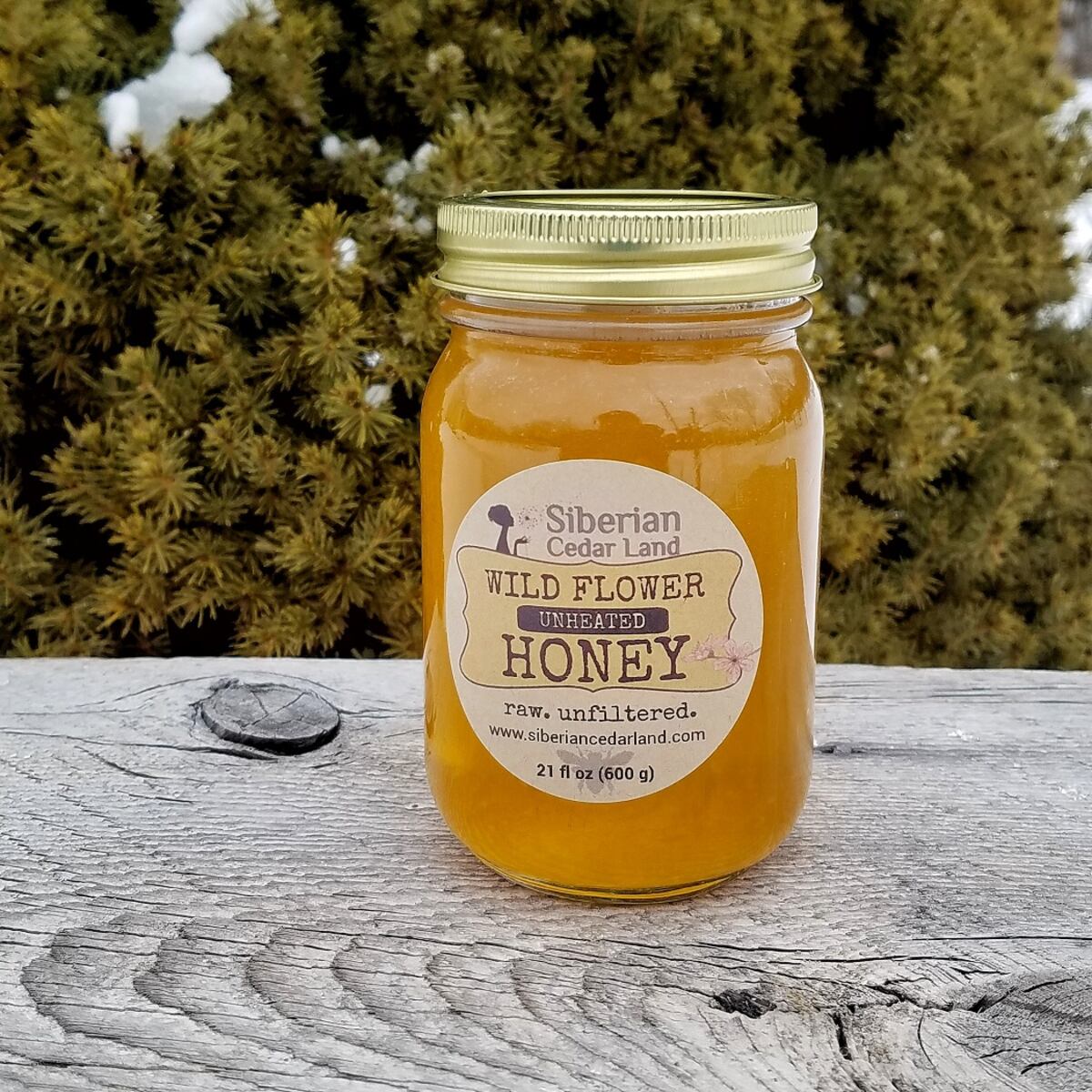
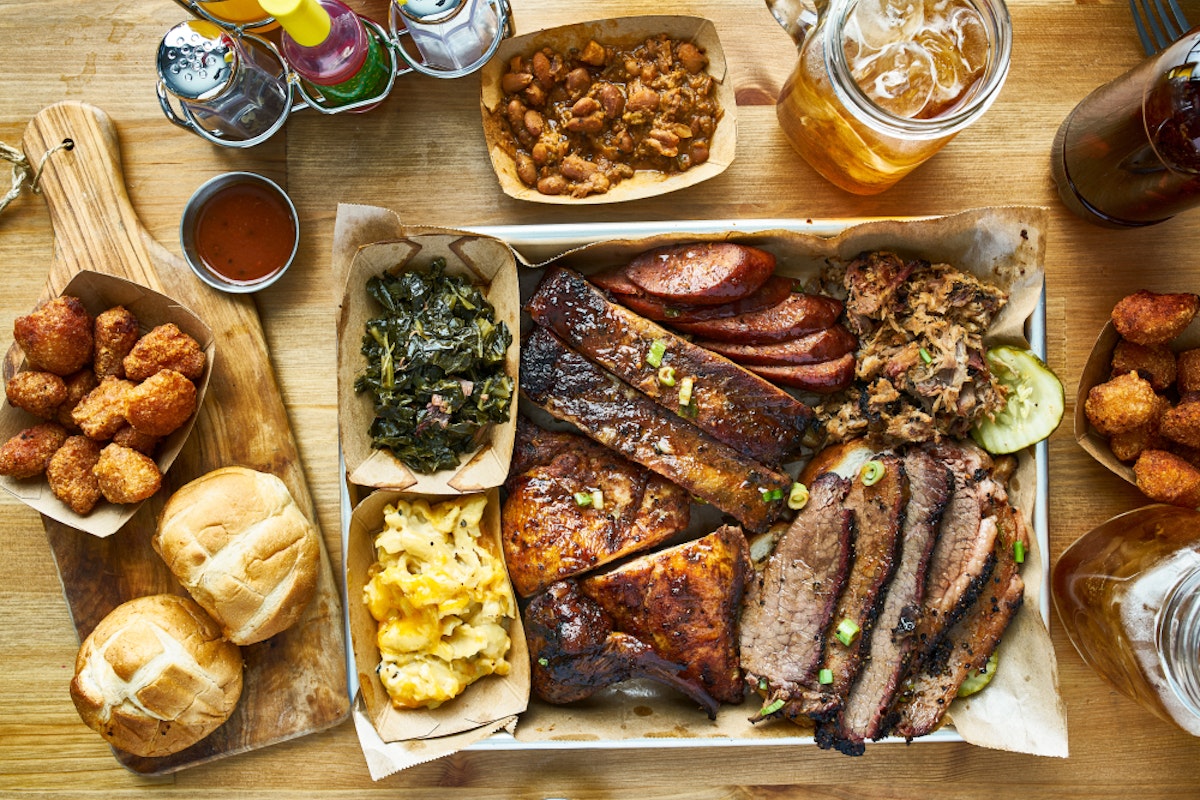
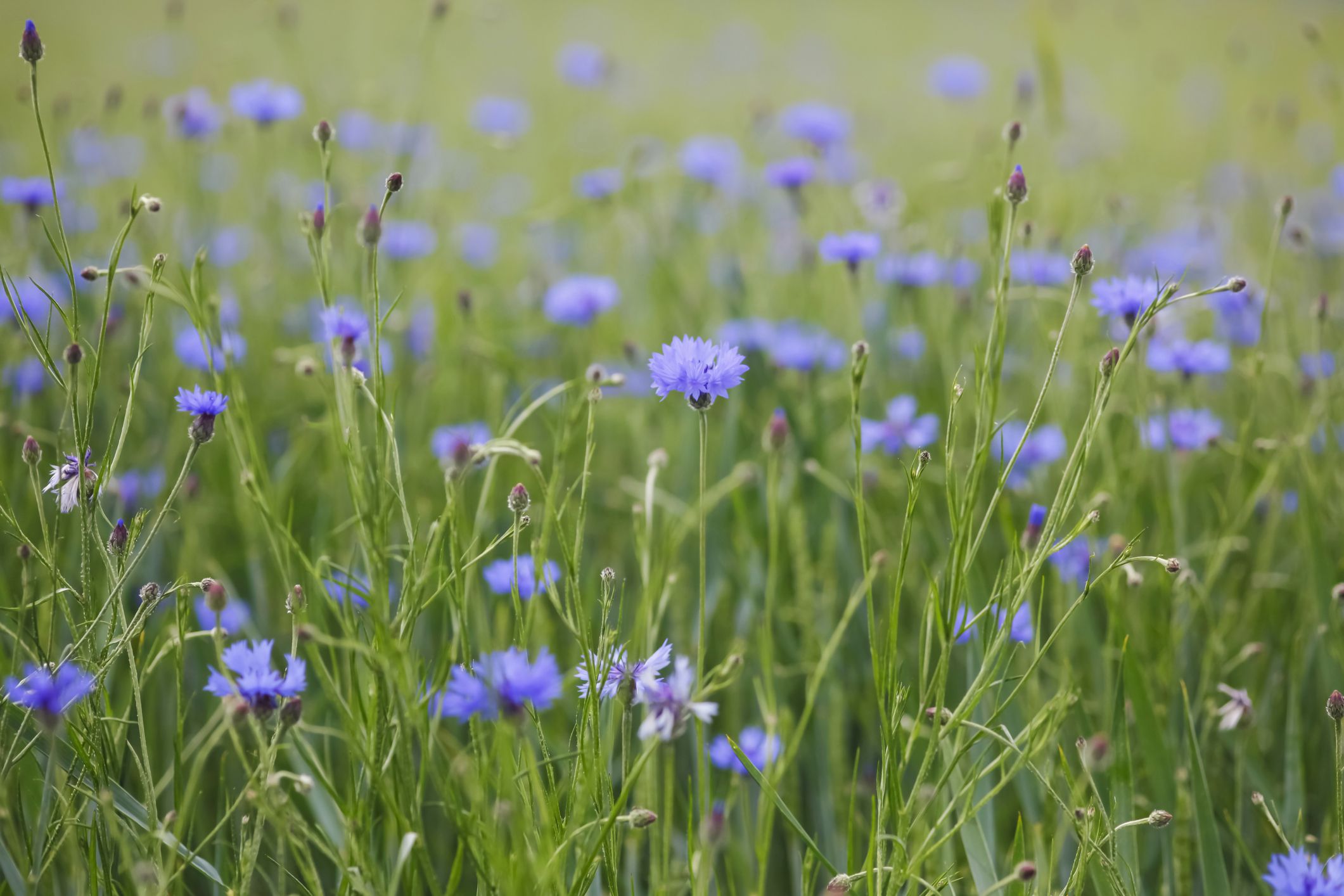
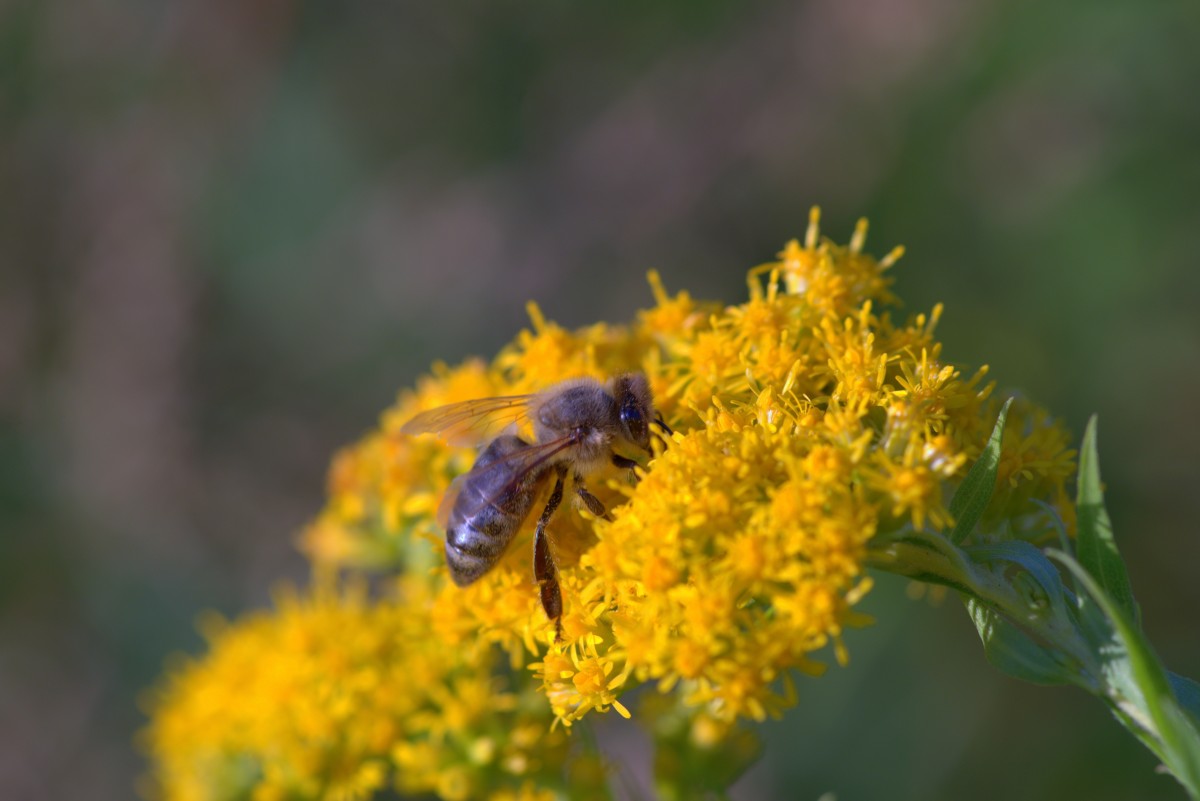
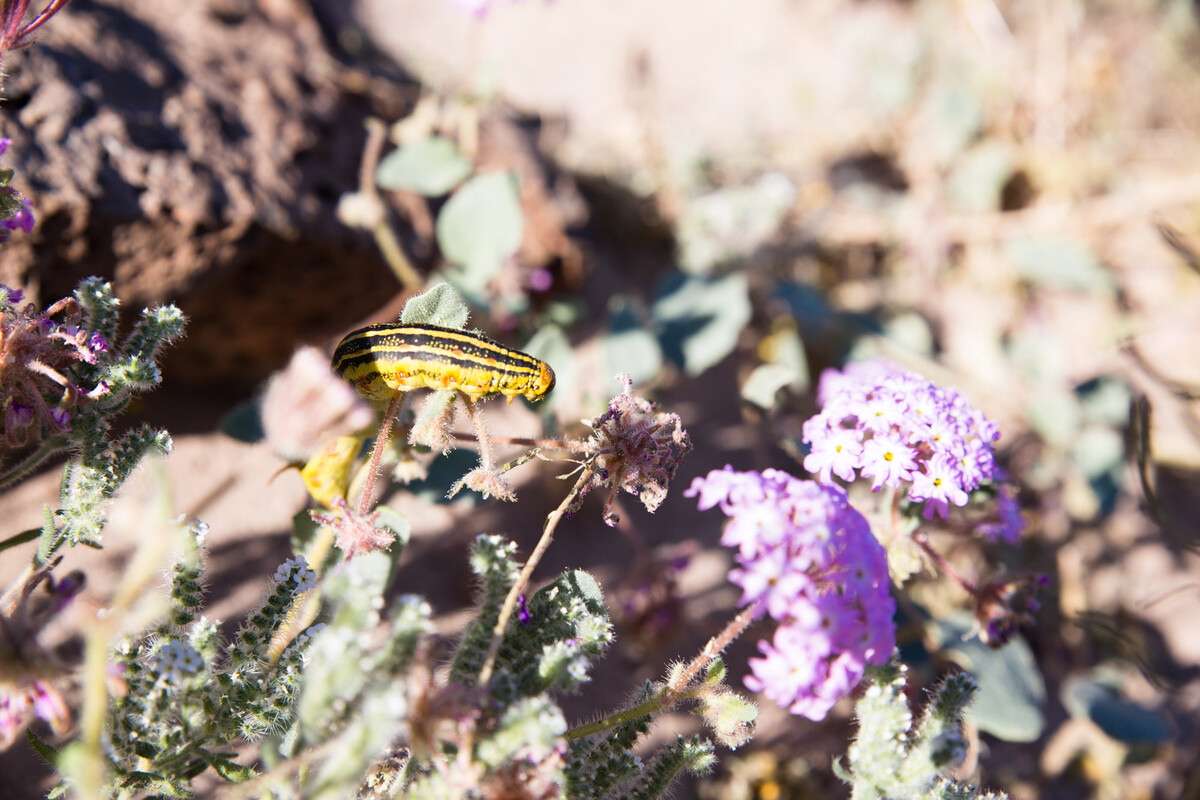
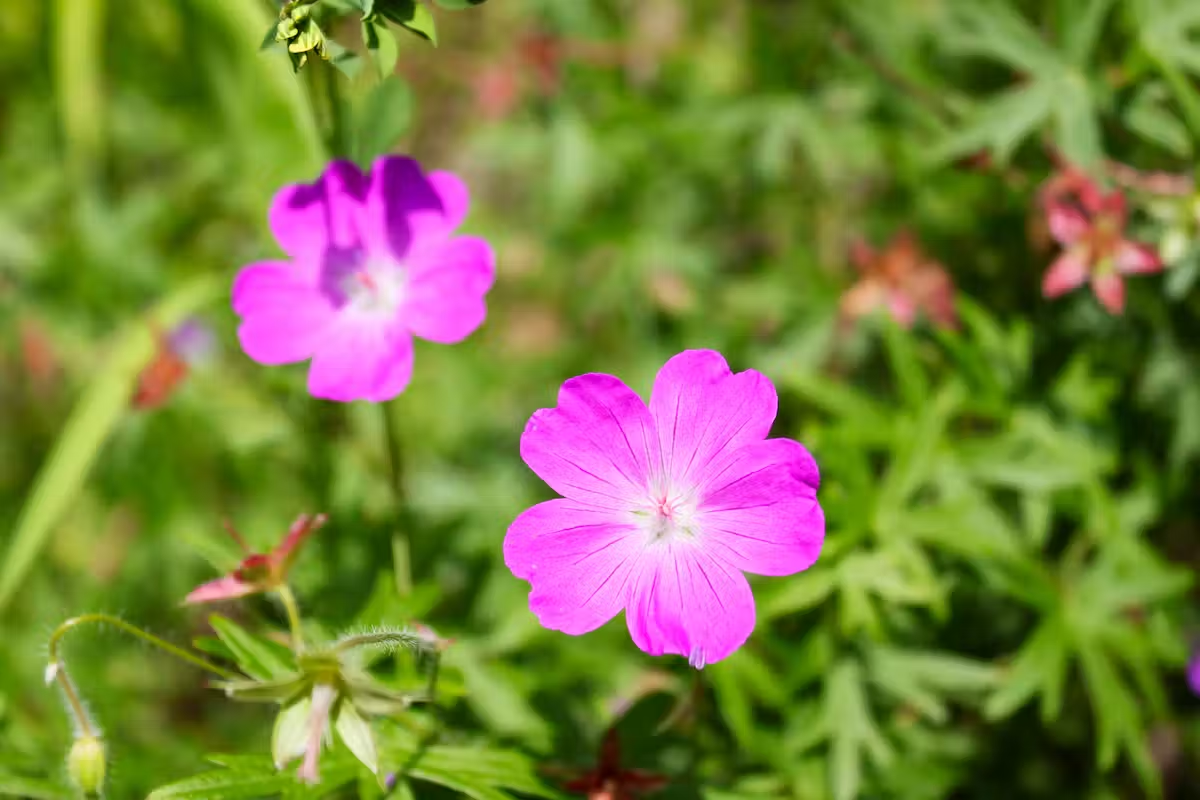

0 thoughts on “What Is The State Wildflower”